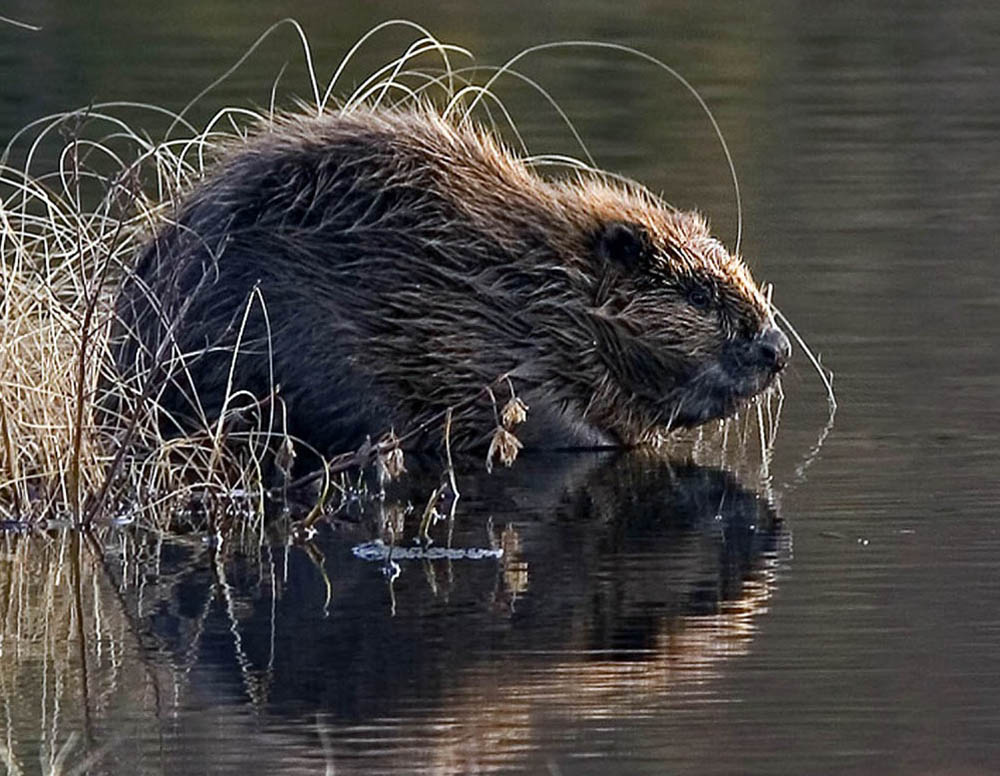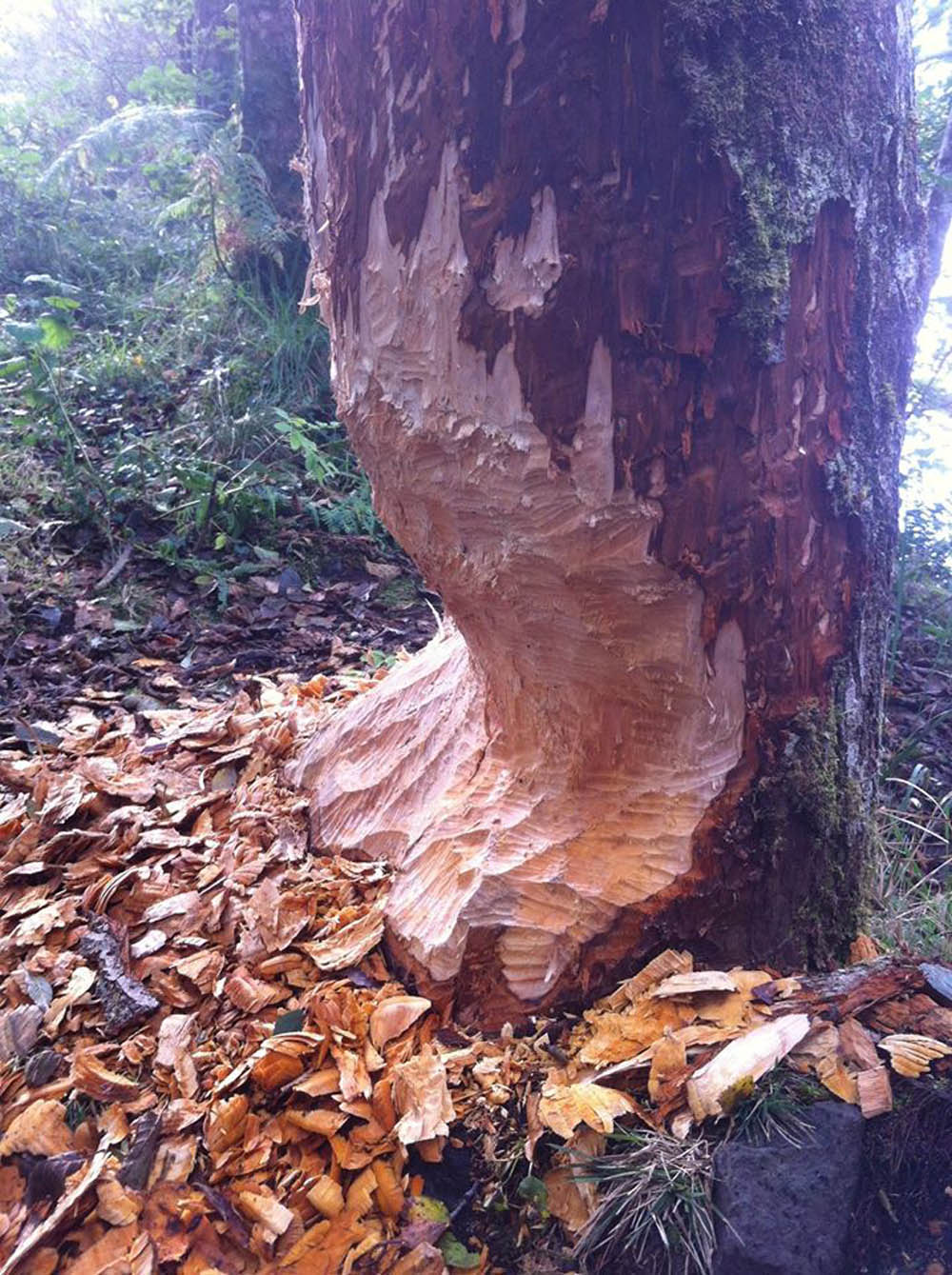LEADING Scottish wildlife experts have urged the government to ignore “hysteria” and get on with reintroducing beavers to the wild.
RSPB Scotland and the Scottish Wildlife Trust are amongst those calling on ministers to make a decision – two years after the official trial reintroduction ended.
A report on the five-year trial in Knapdale, which ended in 2014, said the animals had benefited the ecosystem and boosted tourism.
Beaver expert Roisin Campbell-Palmer, who helped Royal Zoological Society of Scotland during the initiation of the Knapdale programme, believes the reintroduction “absolutely should happen.”

She added: “We need to boost biodiversity, we need to restore our wetlands. We need them for the good of our planet.
“Some people find this a controversial species because it makes a difference to the landscape.
“There’s hysteria, there are rumours because beavers have a reputation. But what we have seen on Tayside is that they don’t impact as much as people think they will.
“Yes, there are isolated cases where they have significant impacts. But you won’t see the same damage as you will from rabbits or deer.
“If you put in a buffer zone of natural vegetation, 10 or 20 metres between a river and fields, that takes about 90 per cent of conflict with beavers.

“Most of their activity is tied to fresh water. If they have a strip of vegetation they are not digging into fields because the trees are there.”
James Silvey, RSPB Scotland’s nature recovery officer, said the animals are a “vital missing part of our ecosystem”.
Susan Davies, director of conservation for Scottish Wildlife Trust, expressed her frustration at ministers dithering over the decision.
She added: “The evidence clearly demonstrates the wide range of ecological, community and local business benefits that beavers create.”
A five year scheme was introduced in Knapdale, Argle and Bute in 2009 in a bid to reintroduce the animals to Scotland after 500 years.
A report by advisory body, Scottish Natural Heritage revealed how beavers had benefited the ecosystem by gnawing down trees and damming lochs and streams, allowing other species to flourish.
The document, presented to Scottish ministers in 2015, also showed how the animals had given a boost to local tourism.
In Perthshire, beavers have been released “illegally” into the wild but are said to be thriving along the River Tay and in tributaries such as the Earn.
Around 150 beavers have established themselves and been accused of causing flooding to farmland in some areas.
Farmers have strongly criticised the rodents claiming they are uncontrollable and cause thousands of pounds worth of damage.
National Farmers’ Union of Scotland are one organisation who strongly oppose the reintroduction of the rodents.
National Farmer’s Union of Scotland’s deputy director of policy Andrew Bauer said the Knapdale project, though “radically different” from Perthshire, had unfortunately been “overtaken by events” along the Tay.
He added: “We struggle as a country to finance our existing species management issues, by the geese, sea eagles or our protected sites.
“Beavers would be very expensive to manage. We think the Tayside population is in the entirely wrong place. It is heavily farmed.
“We think the animals would be difficult to control and a lot of the cost would fall on farmers.”
In a statement released yesterday the Scottish Government said: “The potential formal reintroduction of beavers raises complex issues around their management and legal protection.
“Scottish ministers are considering these issues carefully before making a decision on the future of beavers in Scotland later this year.”
